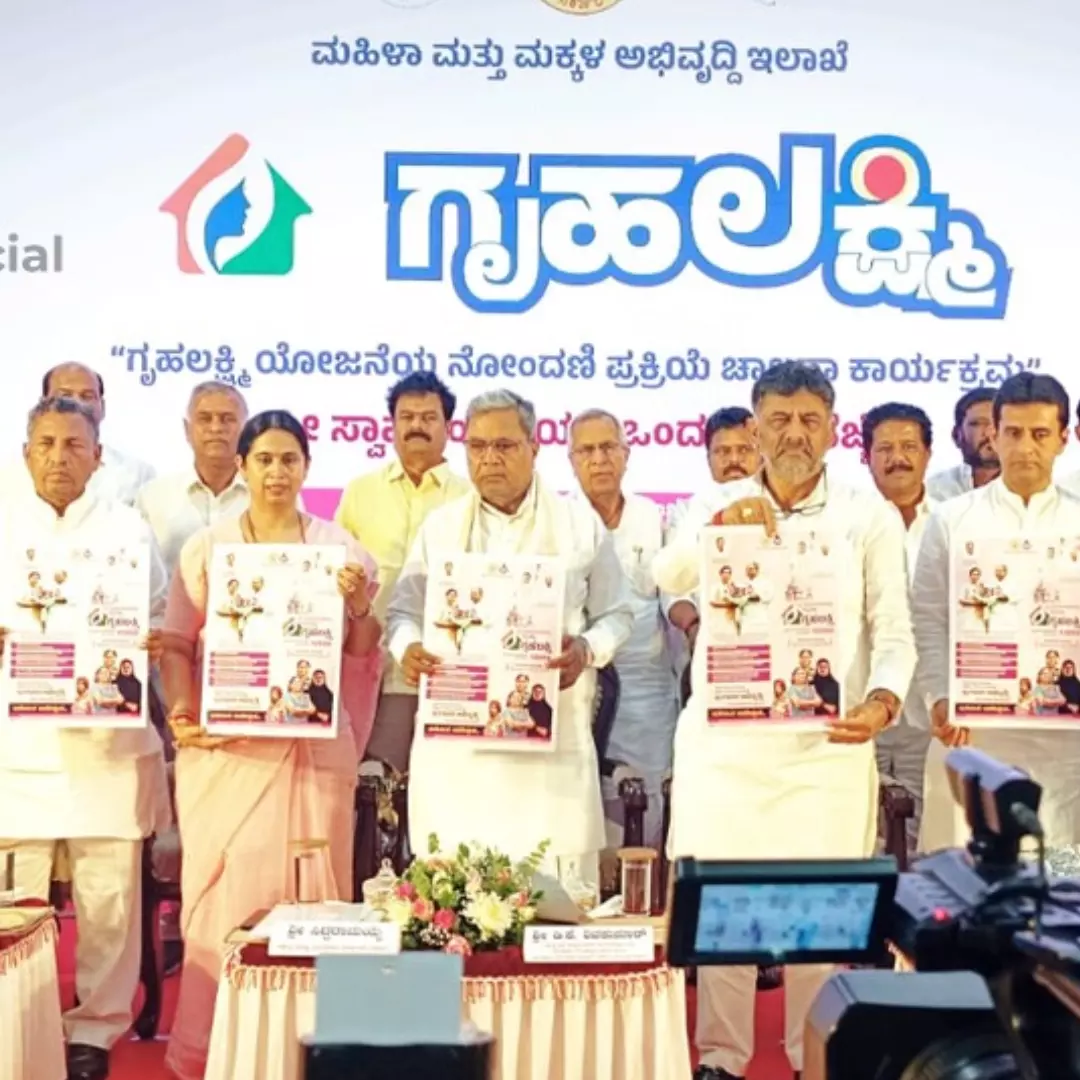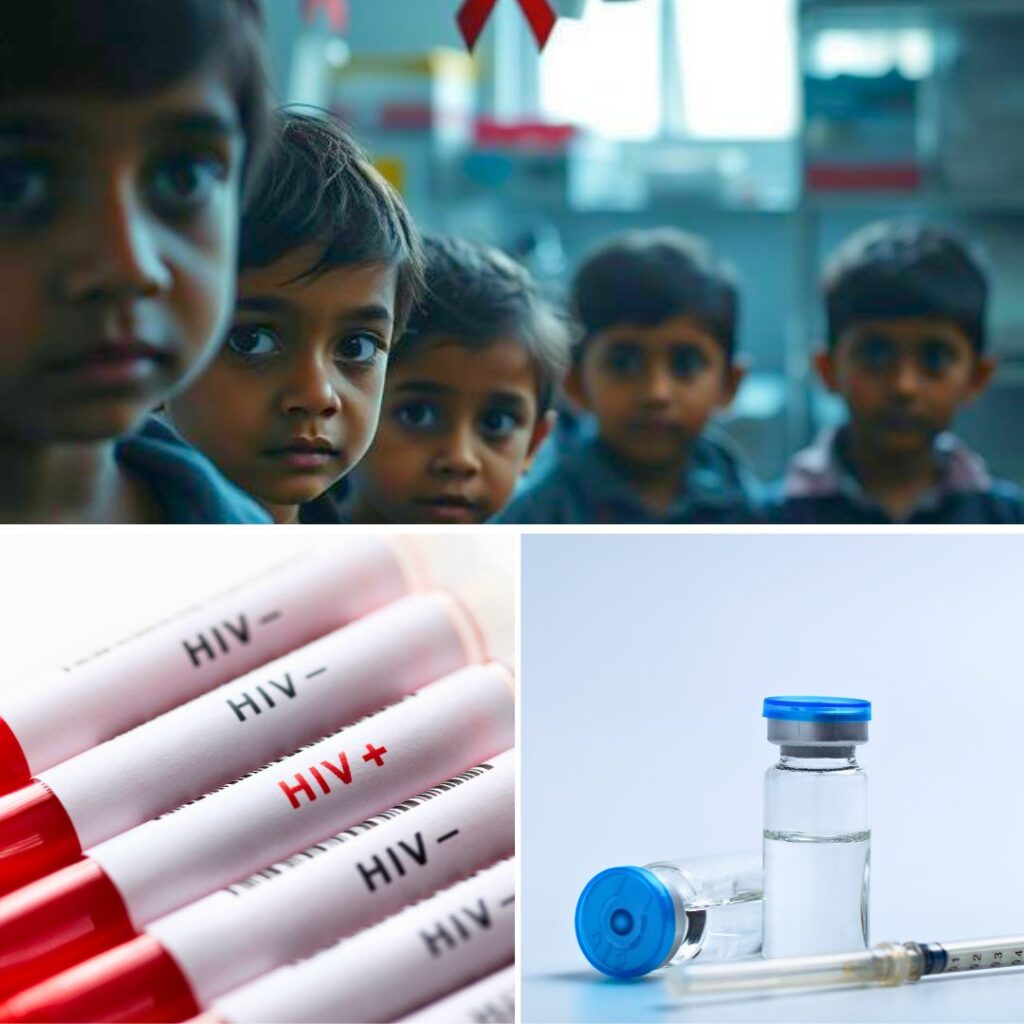In a significant move to uplift women heads of households, Karnataka Women and Child Welfare Minister Laxmi Hebbalkar announced the enrollment for the state’s new social welfare initiative, the Gruha Lakshmi scheme, which commenced on July 19th. Under this scheme, women leading households will receive a monthly financial assistance of ₹2,000, aiming to benefit around 12.8 million families across the state.
The Gruha Lakshmi Yojana aims to provide direct support to deserving beneficiaries without the involvement of any middlemen. With the launch ceremony presided over by Chief Minister Siddaramaiah, the scheme is set to make a positive impact on the lives of countless women and their families.
To avail themselves of the benefits, eligible women heads of households possessing Above Poverty Line (APL), Below Poverty Line (BPL), or Antyodaya cards can visit designated centers with their bank-linked Aadhaar cards. For those without an Aadhaar-linked bank account, presenting their bank passbook is a viable alternative. Upon verification and confirmation of the recipient’s information, the software will swiftly approve the registration process, ensuring a hassle-free experience for the beneficiaries.
Minister Laxmi Hebbalkar emphasized that the scheme is exclusively intended for APL/BPL and Antyodaya cardholders, and individuals who pay income tax or GST are not eligible to participate.
The registration process is streamlined and accessible, offering multiple options for enrollment. Women who head households can visit any of the designated centers, including Karnataka-1, Bengaluru-1, Grama-1, or Bapuji Seva Kendra centers, with their Aadhaar-linked bank accounts and necessary APL/BPL/Antyodaya cards. They can register for the scheme free of charge at these centers, or opt for the assistance of “People’s representatives” who will visit households and facilitate the registration process, as per a report in Business Standard.
Beneficiaries will receive SMS notifications containing details of their enrollment appointment time and location. In the event of missing the appointment, individuals can visit the center after 5 pm on the same day to ensure enrollment. Notably, there is no deadline for enrolling in the scheme, as it operates on a continuous basis.
Minister Laxmi Hebbalkar also stressed the state’s commitment to curb corruption and fraudulent practices surrounding the scheme. The department has appointed ‘Praja Pratinidhi’ (Citizens’ representatives) to assist beneficiaries with the enrollment process, eliminating the possibility of soliciting money for enrollment.
The Gruha Lakshmi scheme represents a significant step forward in women’s empowerment and social welfare in Karnataka, demonstrating the state government’s dedication to addressing the needs of its citizens and fostering inclusive growth and development.
NFHS-5 Data On Women’s Employment
The latest findings from the National Family Health Survey (NFHS) – 5, conducted from 2019 to 2021, shed light on the employment status of married girls and women aged 15-49 in India. According to the survey, the employment rate among women in this age group has shown a marginal increase, rising from 31 percent in the previous NFHS-4 to 32 percent. Additionally, there has been a slight increase in the percentage of earning women, climbing by three percent.
The NFHS-5 revealed that among the employed women, 83 percent receive cash as compensation, with 8 percent compensated both in cash and in kind. However, concerning the gender disparity in the workforce, only 32 percent of married girls and women aged 15-49 are employed, in stark contrast to 98 percent of married men in the same age group, reported The Print.
Comparatively, there has been no change in the percentage of employed men, while the number of men receiving cash payment has increased from 91 percent to 95 percent.
Breaking down the data further, the survey highlighted that among working girls and women aged 15-19, 22 percent do not receive any compensation. This percentage declines to 13-17 percent for women aged 25 and above.
Regarding women’s participation in decision-making about their own earnings, the survey indicates a slight increase from 82 percent to 85 percent since NFHS-4. However, the percentage of women earning equal to or more than their husbands has slightly decreased from 42 percent in NFHS-4 to 40 percent.
The NFHS-5 was conducted in around 6.37 lakh sample households from 707 districts in 28 states and eight union territories, covering 7,24,115 women and 1,01,839 men. The national report provides essential data on socio-economic parameters, facilitating policy formulation and effective program implementation.
Despite the modest gains in women’s employment and participation in decision-making, experts remain cautious about celebrating these developments. Poonam Muttreja, executive director of the Population Foundation of India, pointed out that the increases seen over the nearly five-year period (2015-16 to 2019-21) do not represent significant progress or greater autonomy for women.
Muttreja emphasized that these averages conceal the harsh reality of shrinking employment opportunities for women in several states. For instance, Mizoram saw a decline of 15.1 percentage points in the employment rate among married women between 2015-16 and 2019-21, while Jharkhand and Madhya Pradesh witnessed declines of 6.1 and 4.2 percentage points, respectively. Even in states where employment rates have not decreased, the quality of employment has deteriorated.
On a more positive note, the data from the NFHS-5 indicates that employed women are more likely to use modern contraception, suggesting a potential correlation between employment and women’s access to reproductive health choices.
While the modest gains in women’s employment and decision-making are noteworthy, it is evident that much work remains to be done to achieve gender parity and provide better opportunities for women in the workforce across India.
Also Read: Horrific Video Two Women Paraded Naked In Violence-Hit Manipur Surfaces; ‘First Arrest’ Made
https://thelogicalindian.com/h-upload/2023/07/21/500x300_232637-web-6-7.webp
Trending
2023-07-21 07:17:47.0
Karnataka CM Launches Registration For Gruha Laxmi Scheme












